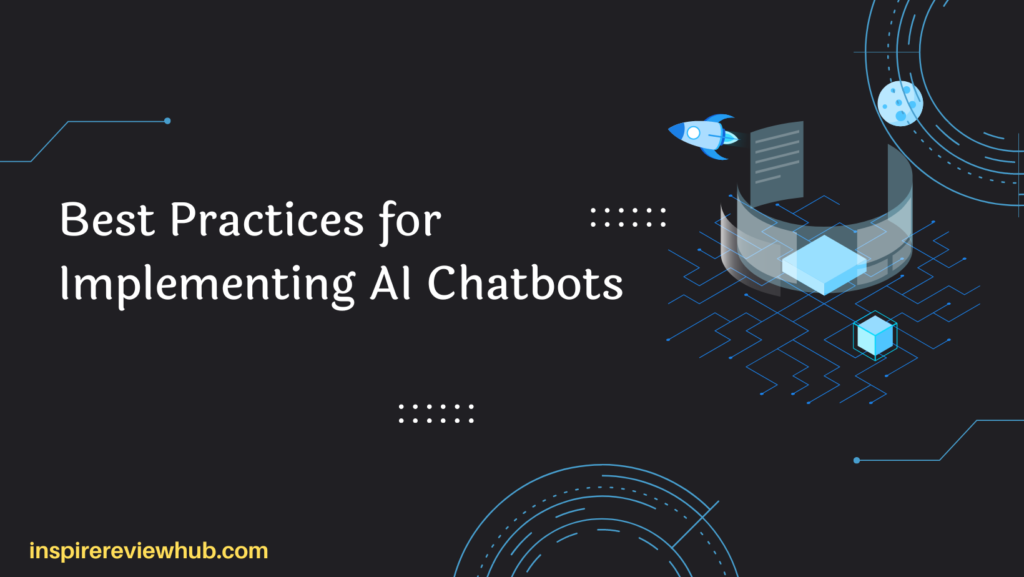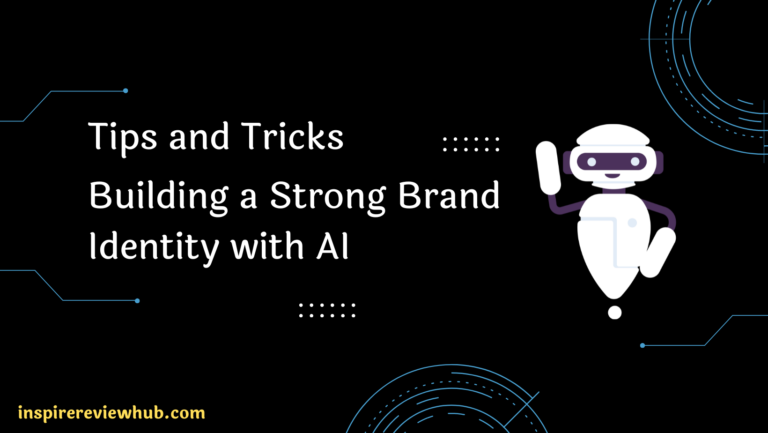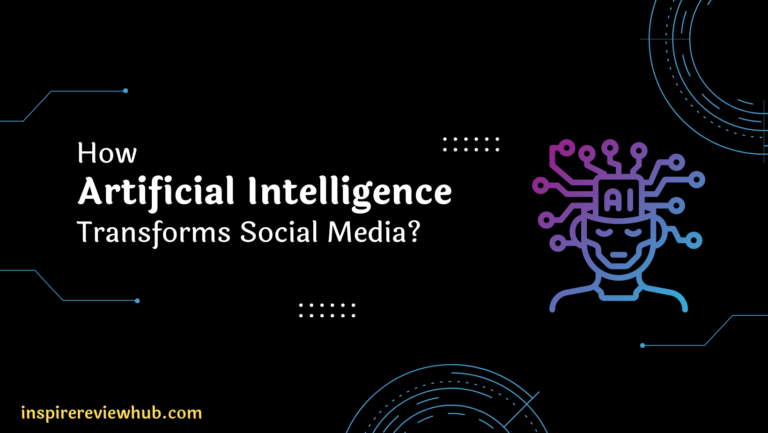Unleashing the Power of AI Chatbots: Revolutionizing Customer Engagement in Digital Marketing
Businesses continually search for creative ways to interact with their customers and deliver outstanding user experiences in the quick-paced world of digital marketing. The use of AI chatbots is one such innovation that has increased in popularity and is revolutionizing client engagement. With their ability to offer immediate assistance, personalized recommendations, and seamless communication across a variety of digital channels, these intelligent virtual assistants are revolutionizing the way companies communicate with their clients.
Understanding AI Chatbots
What are AI Chatbots?
AI chatbots are computer programs powered by artificial intelligence that are designed to simulate human-like conversations with users. They are trained to understand natural language and provide intelligent responses to user queries and requests. Businesses may provide their clients with real-time assistance and support by integrating AI chatbots into their websites, mobile applications, messaging systems, and social media channels.
How do AI Chatbots work?
AI chatbots use a combination of machine learning and natural language processing (NLP) algorithms to comprehend user input and produce suitable responses. They are trained on vast amounts of data, including pre-defined questions and answers, customer interactions, and industry-specific knowledge. As users interact with the chatbot, it learns and improves its responses over time, enhancing its accuracy and understanding of user intent.
How AI Chatbots Revolutionize Customer Engagement?

The way businesses interact with their clients in the digital age has radically changed thanks to AI chatbots. These intelligent virtual assistants have introduced a new level of convenience and efficiency, transforming the customer experience across various industries. Here’s how AI chatbots have revolutionized customer engagement:
Instant Response and Real-Time Assistance
AI chatbots provide immediate responses to customer queries and offer real-time assistance. Gone are the days of waiting in long queues or being put on hold. Customers can now receive instant support and information, ensuring a seamless and efficient experience.
Efficient Handling of Customer Queries:
Unlike human agents who can handle a limited number of queries at a time, AI chatbots have the ability to engage in multiple conversations simultaneously. They effectively manage a high amount of consumer requests, making sure that nobody has to wait too long for a response. This improves customer satisfaction and reduces response times.
Seamless Integration with Multiple Platforms
AI chatbots can be integrated across various digital platforms, including websites, mobile applications, messaging apps, and social media channels. This allows businesses to engage with their customers on the platforms they prefer, providing a consistent and frictionless experience. Customers can reach out to businesses wherever they are, without having to switch between different channels.
Personalized User Experiences
AI chatbots have the capability to gather and analyze customer data, including preferences, purchase history, and browsing behavior. With this information, chatbots can provide personalized recommendations, tailored offers, and targeted marketing messages. Businesses may promote a sense of exclusivity and improve their client relationships by providing a personalized user experience.
Enhanced Customer Support
AI chatbots are available 24/7, providing round-the-clock customer support. no matter their location or time zone, customers may get help at any time. This availability ensures that businesses can cater to customer inquiries and support needs at any hour, leading to increased customer satisfaction and loyalty.
Data Collection and Analysis
AI chatbots serve as valuable data collection tools, gathering insights about customer behavior, preferences, and pain points. This data can be used to improve products and services, refine marketing strategies, and personalize future interactions. By analyzing customer interactions, businesses may develop a deeper understanding of their clients and make data-driven decisions.
Cost Savings and Improved Efficiency
Implementing AI chatbots can lead to significant cost savings for businesses. Chatbots automate repetitive and low-value tasks, freeing up human resources to focus on more complex and strategic activities. Additionally, chatbots can handle a large volume of inquiries simultaneously, reducing the need for additional customer service staff. This results in improved operational efficiency and cost-effectiveness.
Best Practices for Implementing AI Chatbots

Define Clear Objectives and Use Cases
Before implementing an AI chatbot, it’s essential to define clear objectives and use cases. Determine the specific tasks the chatbot will perform and the goals it aims to achieve. Whether it’s providing customer support, generating leads, or facilitating transactions, having a clear purpose will ensure that the chatbot is designed and trained accordingly.
Design a Conversational User Interface
The user interface of an AI chatbot should be designed to facilitate natural and engaging conversations. Use a conversational tone, keep messages concise and to the point, and avoid technical jargon. Incorporate buttons, quick replies, and suggestions to guide users and make interactions smoother. Focus on creating a user-friendly experience that mimics human conversations.
Train and Optimize Chatbot Algorithms
Training an AI chatbot is an ongoing process. Initially, provide the chatbot with a set of pre-defined questions and answers to establish a baseline. As the chatbot interacts with users, continuously monitor and analyze its performance, identifying areas for improvement. Fine-tune the algorithms, add new responses, and update the chatbot regularly to enhance its accuracy and effectiveness.
Regularly Update and Improve Chatbot
To ensure optimal performance, regularly update and improve the chatbot based on user feedback and data analysis. Analyze user interactions, identify common pain points, and address them through updates and enhancements. Stay up to date with industry trends and new technologies to incorporate innovative features and capabilities into the chatbot.
Overcoming Challenges and Pitfalls
Ensuring Natural Language Processing Accuracy
Natural Language Processing (NLP) is a critical component of AI chatbots. Ensuring that the chatbot accurately understands user input and context is essential for providing meaningful responses. Invest in robust NLP algorithms, train the chatbot with diverse data sets, and continuously test and refine its language processing capabilities.
Avoiding Bias and Ethical Concerns
AI chatbots should be designed and trained to avoid bias and discrimination. Biased responses or unfair treatment can damage a brand’s reputation and lead to legal implications. Regularly review and update the chatbot’s training data to eliminate bias and ensure fair treatment for all users.
Balancing Automation and Human Touch
While chatbots offer automation and efficiency, it’s important to strike a balance between automation and the human touch. There are instances where human intervention may be necessary, especially for complex or sensitive customer inquiries. Incorporate the option for seamless handoff to human agents when needed, ensuring a smooth transition and a personalized experience.
Future Trends and Innovations in AI Chatbots
Voice-Enabled Chatbots
Voice-enabled chatbots are becoming more popular because to voice assistants like Siri, Alexa, and Google Assistant. Users can communicate with speech commands when using voice-activated chatbots, making the process even more convenient and hands-free. As voice recognition technology advances, voice-enabled chatbots will become more prevalent and offer enhanced user experiences.
Multilingual and Multimodal Capabilities
To cater to global audiences, AI chatbots are evolving to support multiple languages. Multilingual chatbots can engage with users in their preferred language, breaking down language barriers and expanding businesses’ reach. Additionally, chatbots are incorporating multimodal capabilities, such as image and video recognition, enabling users to interact using different media formats.
Emotional Intelligence and Sentiment Analysis
Advancements in natural language processing and sentiment analysis are driving the development of emotionally intelligent chatbots. These chatbots can understand and respond to human emotions, empathizing with users and providing appropriate support. Emotional intelligence enhances the user experience and strengthens the bond between customers and businesses.
Conclusion
AI chatbots have emerged as a powerful tool in digital marketing, revolutionizing customer engagement. They offer businesses the ability to provide instant support, personalized experiences, and seamless communication across multiple platforms. Businesses may boost customer satisfaction, increase operational effectiveness, and spur revenue growth by utilizing the power of AI chatbots. As technology continues to advance, the future holds even more exciting possibilities for AI chatbots in transforming customer experiences.
FAQs
1. How do AI chatbots learn and improve over time?
AI chatbots learn and improve over time through a process called machine learning. They are trained on large datasets that include pre-defined questions and answers, customer interactions, and industry-specific knowledge. The chatbot analyses the data as people engage with it, gains knowledge from it, and modifies its responses to increase precision and comprehension.
2. Are AI chatbots replacing human customer service representatives?
AI chatbots are not meant to replace human customer service representatives entirely. Instead, they complement human agents by handling repetitive and low-level tasks, freeing up human resources to focus on more complex inquiries. Human agents can provide the human touch, handle sensitive issues, and offer personalized assistance when needed.
3. Can AI chatbots handle complex customer inquiries?
AI chatbots can handle a wide range of customer inquiries, including complex ones. However, there may be instances where human intervention is necessary. In such cases, chatbots can seamlessly hand off the conversation to human agents who can provide in-depth support and expertise.
4. How can businesses measure the effectiveness of AI chatbots?
Businesses can measure the effectiveness of AI chatbots by tracking various metrics, such as response time, resolution rate, customer satisfaction scores, and conversion rates. Analyzing these metrics provides insights into how well the chatbot is performing, identifies areas for improvement, and helps businesses optimize their chatbot strategies.
5. What industries can benefit from AI chatbots?
A wide range of businesses, including e-commerce, healthcare, finance, travel, and customer service, can profit from AI chatbots. Any industry that interacts with customers can leverage AI chatbots to streamline communication, enhance customer experiences, and improve operational efficiency.



![15 AI-Powered Strategies to Skyrocket Your Website Traffic [2024]](https://inspirereviewhub.com/wp-content/uploads/2023/06/Blue-Black-Futuristic-Technology-Facebook-Cover-3-768x433.png)